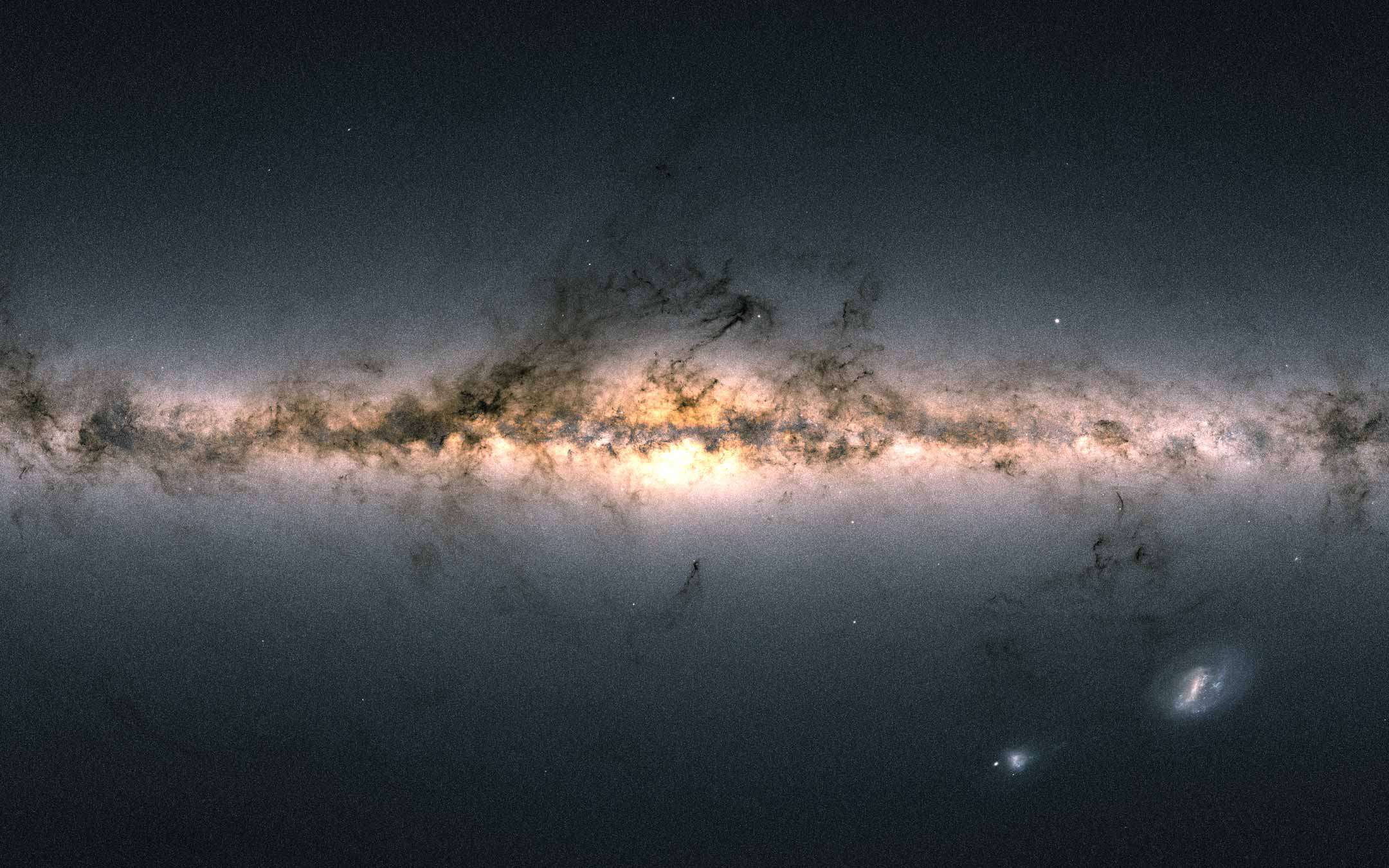
ESA: the 3D map of the galaxy, for research
Tracing the position and movement of the stars has been and will be possible to investigate the processes occurring beyond the borders of our galaxy. For example, a faint signal attributed to a faint stream of stars detected between two nearby galaxies indicates that the Large Magellanic Cloud is slowly devouring the Small Magellanic Cloud. Below is a translated comment from Nicholas Walton, a member of the ESA operating team at the Institute of Astronomy in Cambridge.What we do is make a very detailed map of the universe in three dimensions, with stars which are hundreds of light-years away from us.
Many of the elements intercepted by Gaia in her deep space scanning work are quasars, extremely bright galactic nuclei generated by the friction caused by gas and dust falling into a black hole with a mass equal to billions of times that of the sun. For further information on the map and the techniques used to compile it, please refer to the link to the source at the end of the article.
Source: ESA